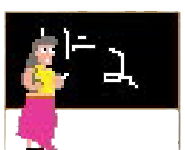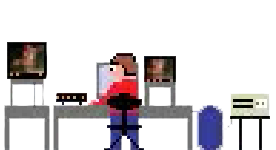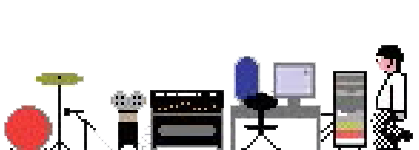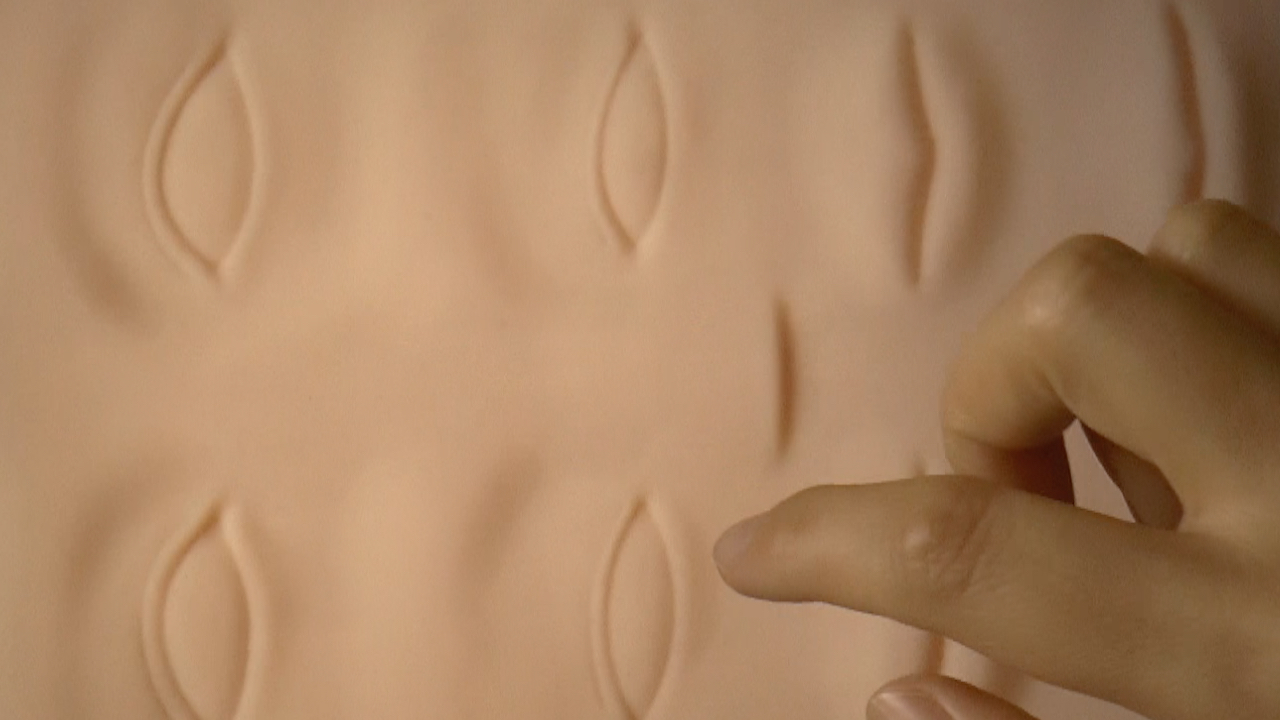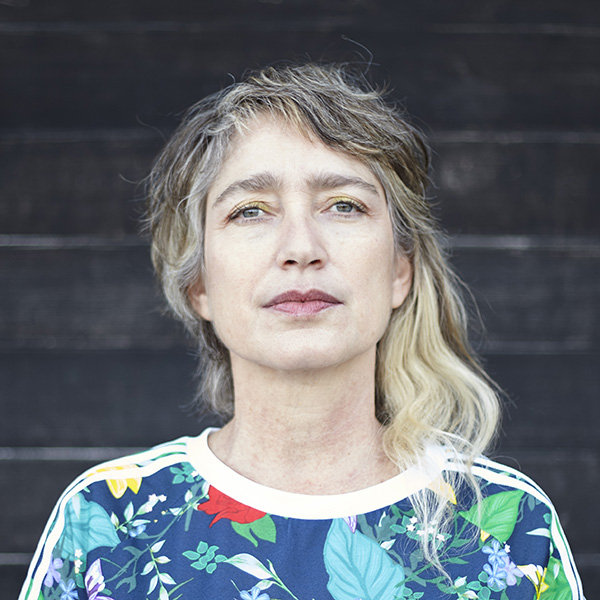The program draws attention to artists’ videos that reflect on the human body’s entanglements with the environment, history, technologies, pharmacologies, as well as its corporeality and mortality. The seven contemporary artists included in the program explore how we think, create or act within the immersion of these entanglements. Each video piece troubles the limits of what a body can consume, process, reach and become, exposing the body’s critical and aesthetic dilemmas, as well as its potentials.
DATES AND TIMES: October 9 2021, from 2:30 PM
LOCATION: Harvestworks Art and Technology House. Building 10a, Nolan Park, Governors Island
Livestreamed on the harvestworks YouTube channel and available to view for 24 hours.
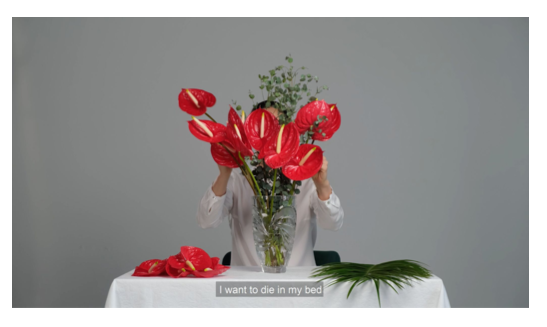
Ivana Smiljanić, ANTHURIUM ANDREANUM
Artists’ videos that ask the question: How has the perception of human body, one of the oldest subjects in the history of art, changed in recent years, in life and art? Do new technologies enhance the control over our bodies or do they turn our bodies into objects of experimentation and profit making? What happens to the body when it’s separated from its voice? What will Narcissus see in the muddy, plastic filled river?
Each video piece troubles the limits of what a body can consume, process, reach and become, exposing the body’s critical and aesthetic dilemmas, as well as its potentials.
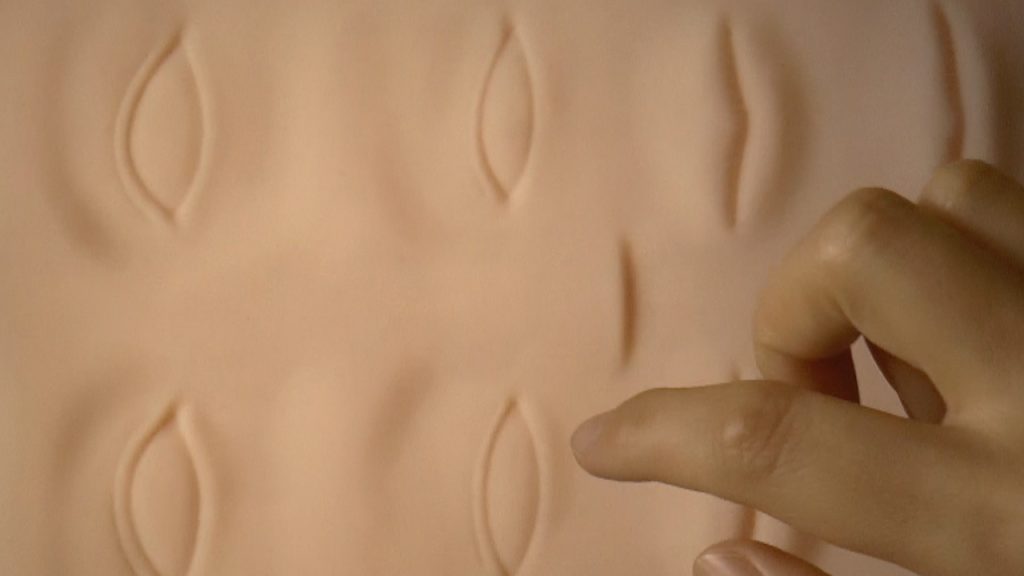
Artists: Ivana Smiljanić, Eva Davidova, Zorica Čolić, Monika Sigeti, titre provisoire, Marianna Ellenberg, Maja Čule
Curated by Zorica Čolić
Supported by City Artist Corps Grant (The New York Foundation for the Arts and the New York City Department of Cultural Affairs)
Program:
1. Ivana Smiljanić, ANTHURIUM ANDREANUM, 1’53”, 2020
2. Eva Davidova, Global Mode > Narcissus and Drowning Animals, 2’52”, 2018
3. Zorica Čolić, Cutaneous Vision, 4′ 19”, 2020-21
4. Monika Sigeti, It’s More Comfortable Here, 1’, 2021
5. titre provisoire, Some things in common perhaps, 18’, 2017
6. Marianna Ellenberg, The Psychotropic Alphabet, 1’, 2005
7. Maja Čule, The Horizon, 2’30”, 2013
Zorica Čolić is a visual artist, born in Serbia and based in New York. Using a wide range of media – video, sound, mixed media sculpture, text and collage, she explores issues around the human body as a cultural symptom, focusing on how its health and well-being are intertwined in the political, economic and cultural realms. Čolić was a resident artist at the Whitney Museum Independent Study Program, The Bronx Museum of the Arts, Institute for Electronic Arts, International Summer Academy, Salzburg. Selected solo and group exhibitions include: Elizabeth Foundation for the Arts Project Space, New York; The Energy Museum of Santralistanbul, Istanbul, Turkey; Museum of Yugoslav History, Belgrade, Serbia; Museum of Contemporary Art, Leipzig, Germany.



